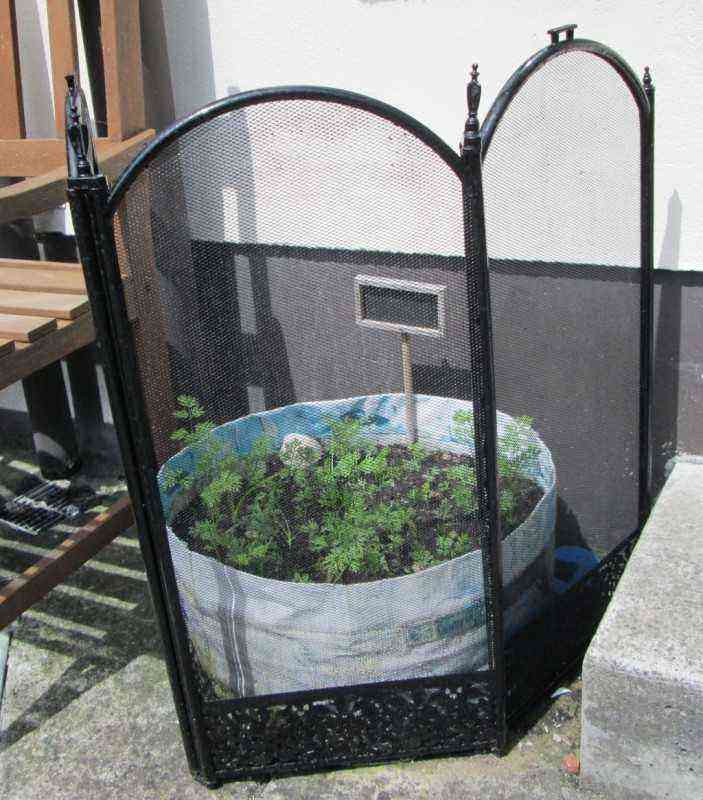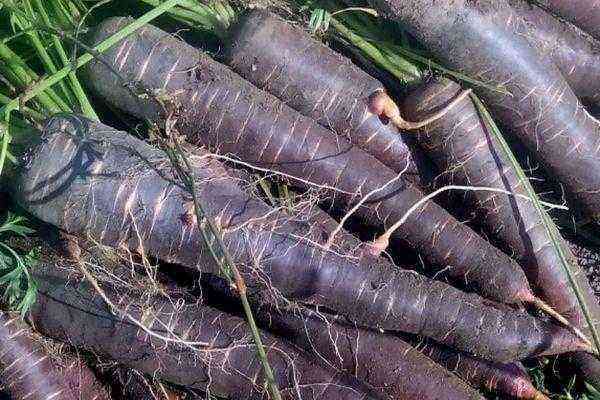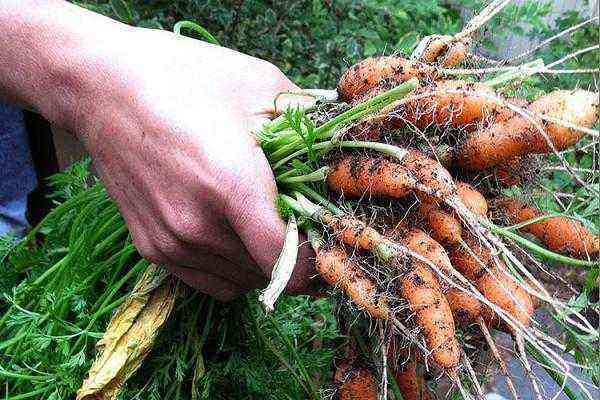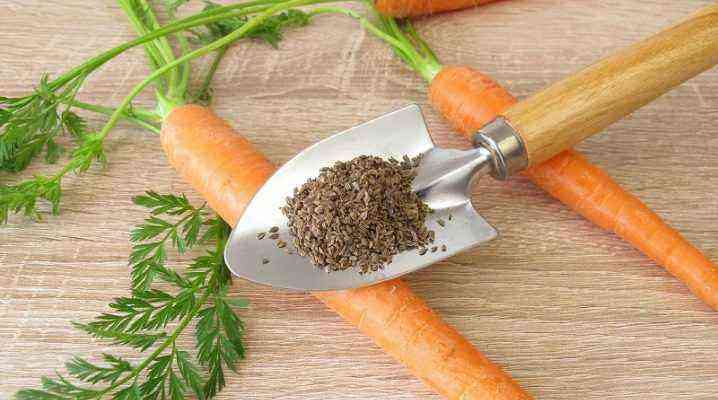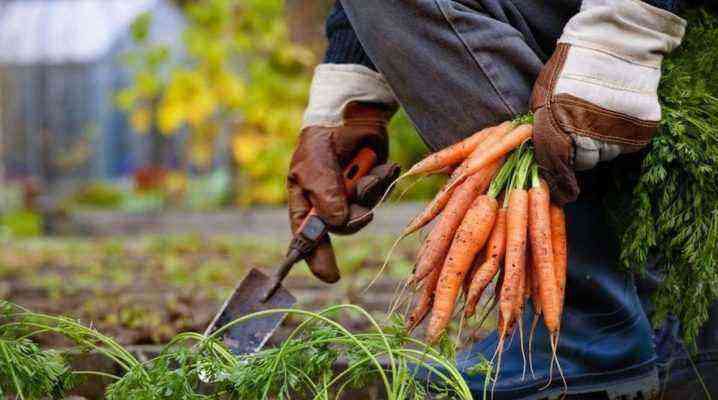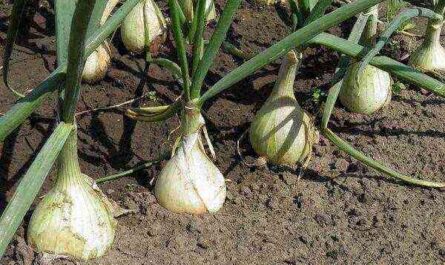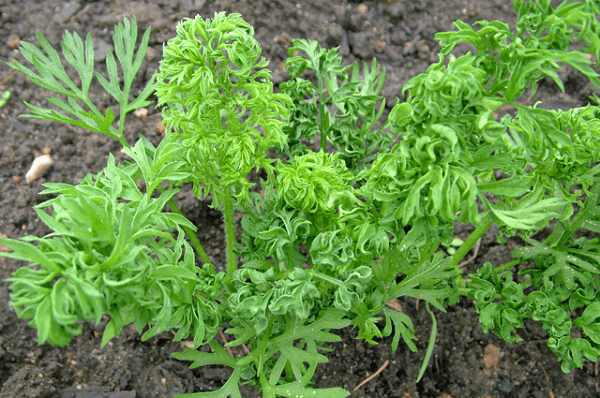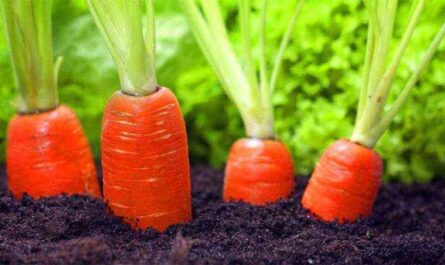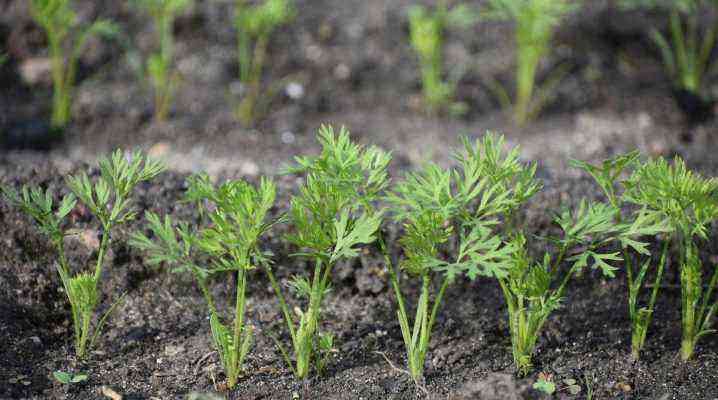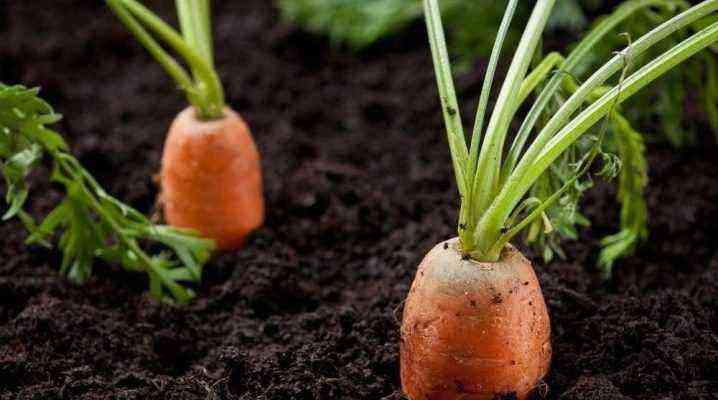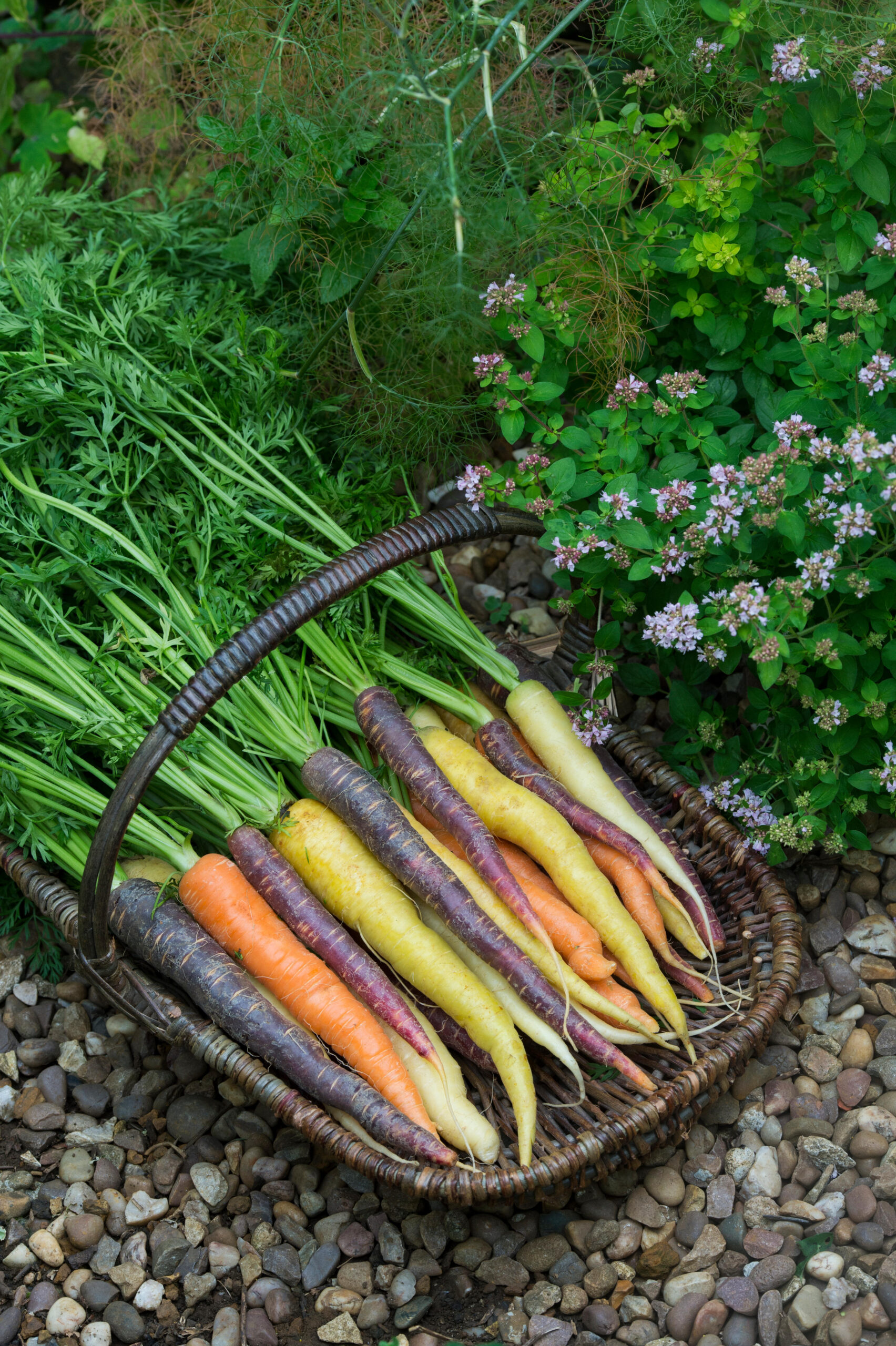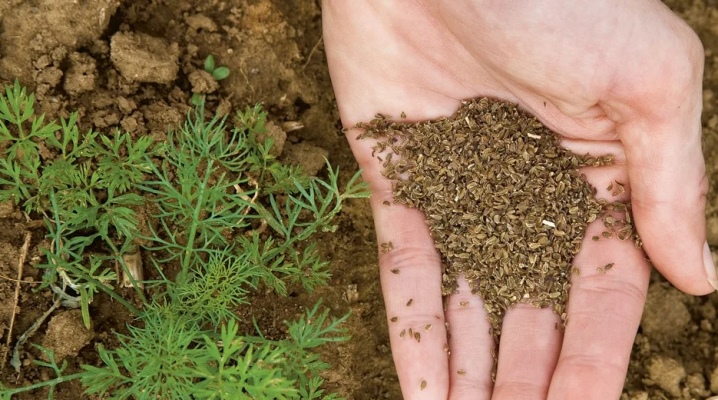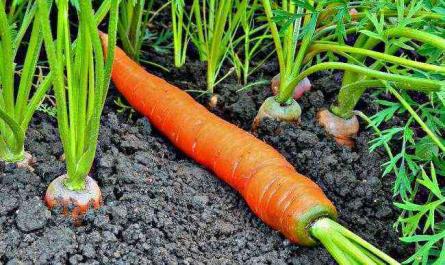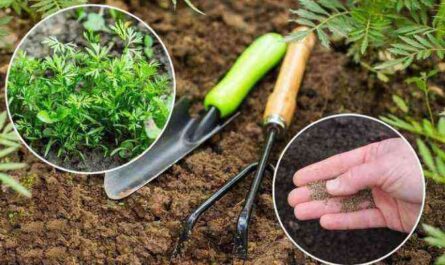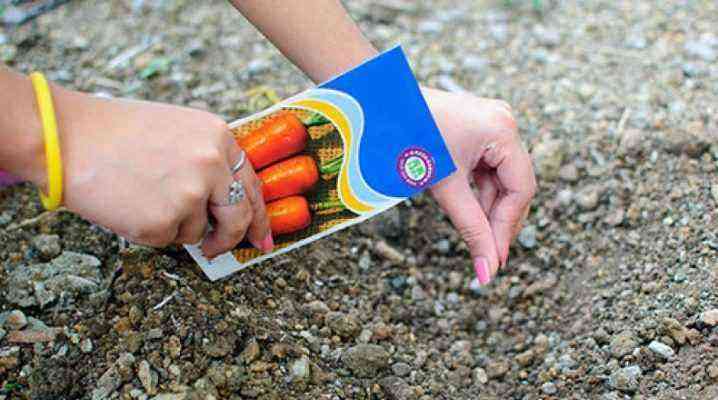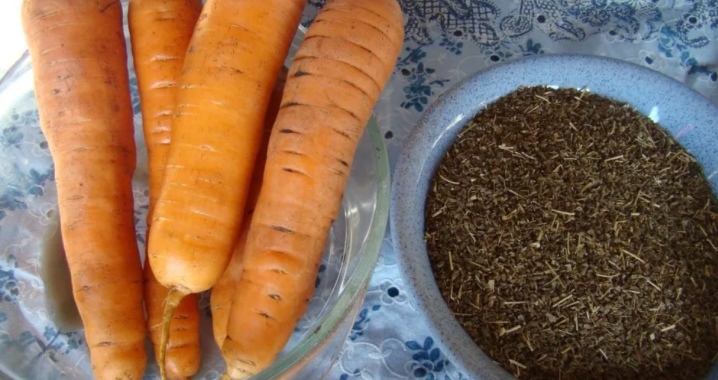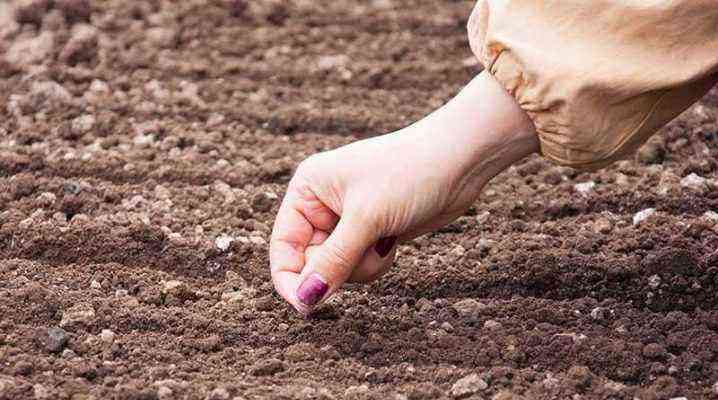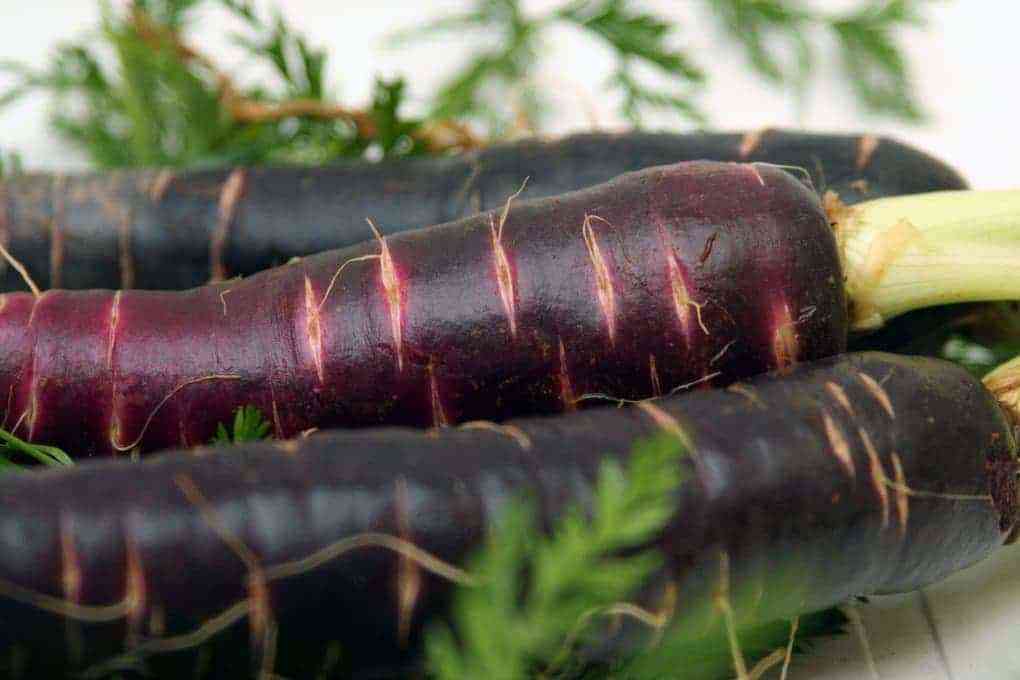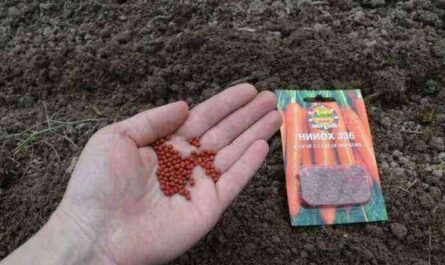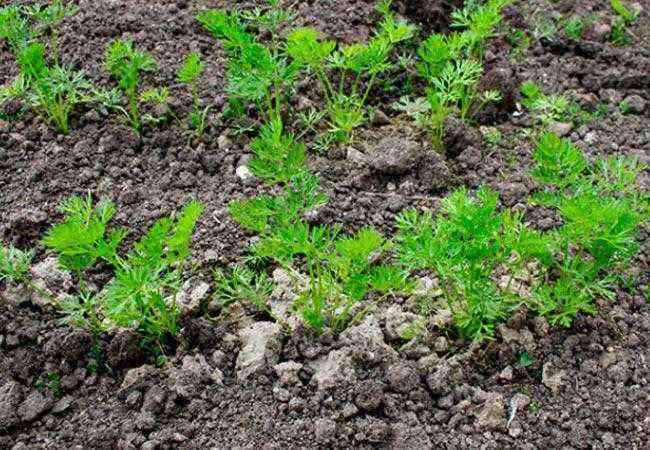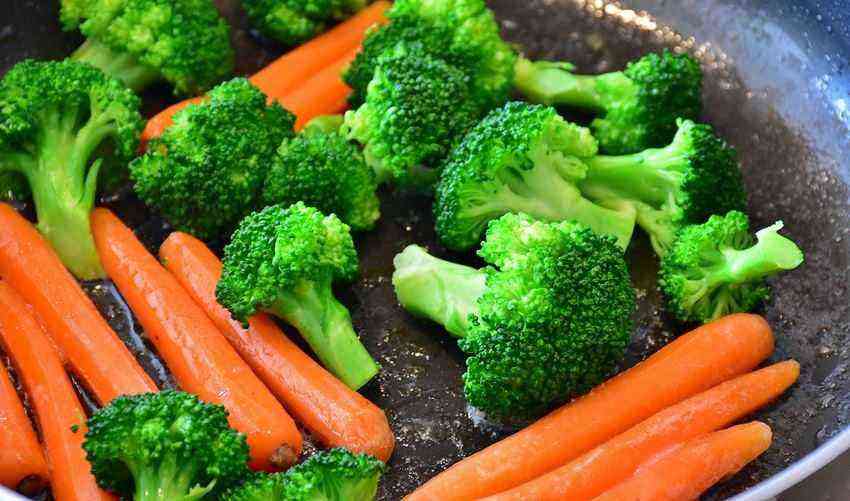Carrot Nantes, the description of the variety of which is always placed on the packaging with seeds by the manufacturer of the seed, is not losing ground. It remains, perhaps, the most popular type of vegetable in the post-Soviet space.
But imported hybrid varieties of carrots, due to the ability to grow beautiful large-sized root crops with extended storage time, have begun to displace classic varieties in recent years.
Features and Benefits
Reviews of gardeners indicate that the Nantes variety is significantly superior to modern hybrid counterparts in composition and taste. The yield and possible storage time of root crops are also at the level of the best hybrid varieties.
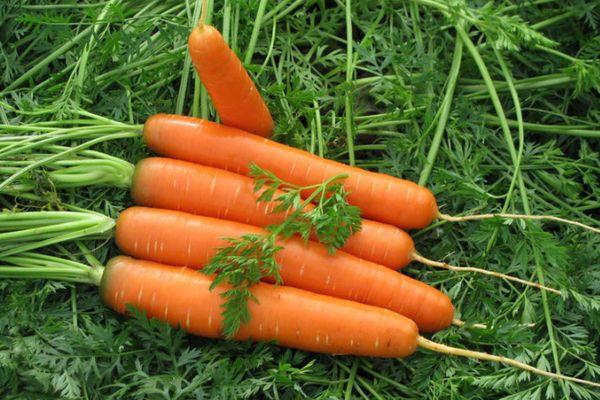
Carrots of Nantes can be eaten raw, canned, and stored almost until the next harvest.
The variety was bred in wartime, back in 1943. It was intended for cultivation throughout the territory of the then Soviet Union. Therefore, to this day, gardeners and farmers of now different independent states receive an excellent harvest, be it the southern regions or northern countries with rather severe weather conditions.
The content of carotene in ripe root crops is about 20%. This characteristic of the variety is a very good indicator.

There are several types of varieties:
- Carrot Nantes 4, which is the most common and popular among gardeners, is an early ripening variety with a root formation period of 3 to 4 months. High yield (6,5 kg per 1 m²), great taste and good preservation after harvest are the main advantages of the vegetable.
According to experienced gardeners, root crops look great and can serve as an example of the ideal appearance of a vegetable: carrots of a uniform bright orange color, in the shape of a cylinder with a small narrow tail. The length of root crops is up to 16 cm. The weight is quite diverse: individual samples can reach 160 g, and small carrots weigh 70 g.
A feature of the culture is a rather high demand for the quality characteristics of the soil. - Carrots of the Nantes Improved variety generally repeat the characteristics of this family, but its distinctive feature is considered to be increased juiciness and sweetness, as well as an increased content of carotene. The culture is widely used for the production of juices. The period of formation of root crops is from 3 months to 100 days. They reach a length of up to 20 cm, the average weight is 150 g. Carrots are even, cylindrical in shape.
- The Nantes Red carrot is so named because of the red color, which, combined with the typical orange, gives the vegetable its characteristic hue. Feature is increased resistance to diseases. Otherwise, the culture repeats the characteristics of the varieties described above. The length of the root crop is about 16 cm, weight – 90-160 g. The shape of the vegetable is even, cylindrical. The diameter is larger, up to 6 cm. The maturation period is from 80 to 100 days. The variety Nantes Red is characterized by increased preservation after harvest with virtually no loss in taste.
Basic soil requirements
Carrots grow well in conditions of constant moisture and sufficient oxygen. Light soil is an ideal place for a bountiful harvest. Heavy clay soils are not recommended for growing carrots.
The vegetable should be planted in loose, crumbly soil. Peat or sandy soils are suitable. You can also consider loamy soil. The main thing is to ensure the free formation of the root crop. Lumps of earth or other obstacles can seriously slow down the growth of carrots and affect the future harvest.
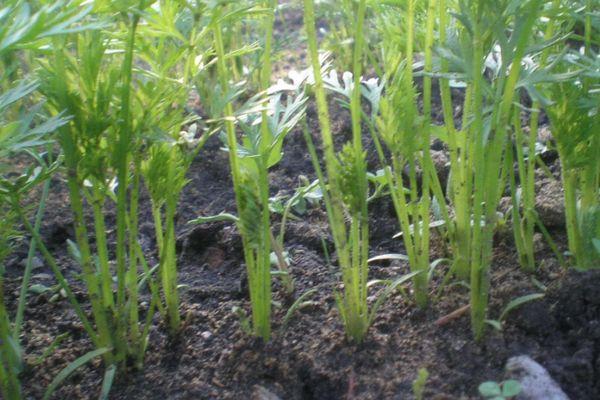
For high-quality growth, you need to regularly change the place of growth, cultivating different vegetables in one place every year. This approach is one of the ways to deal with a variety of pests that can cause serious damage to future crops. Carrots grow well after cucumbers, tomatoes; onions with legumes will not hurt either.
You can also plant carrots where potatoes were grown before.
Features of cultivation and care
Seeds should not be planted too early. Indeed, until the soil warms up to a level of at least + 20 ° C, their growth is not worth waiting for. A distance of at least 30 cm should be made between the beds. A normal distance is the key to a good harvest of carrots. It is recommended to sow to a depth of 2 cm.
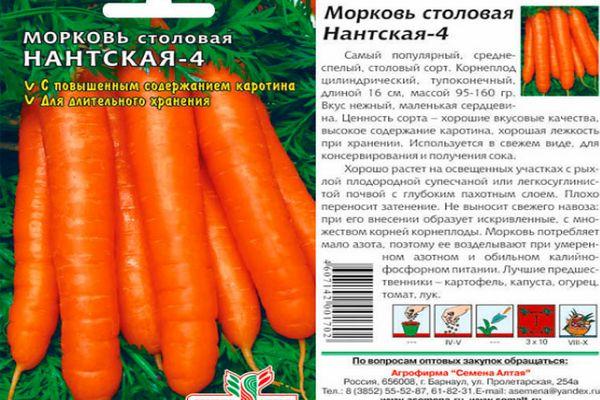
Experienced gardeners are advised to cover the seed until the first shoots appear. Usually it is 10 days, but sometimes the period can increase up to 2 weeks.
The cover material is then removed. And to ensure high-quality growth, daily watering of the soil is necessary. In addition, you should loosen the soil every day and fertilize it. It is important to ensure that there is no weaving in the ground, so carrots should not grow in pairs.
Watering every day should be stopped when the so-called heap maturity of carrots is reached. Then you need to thin out. Further, it is recommended to carry out abundant watering only 2 times a week.
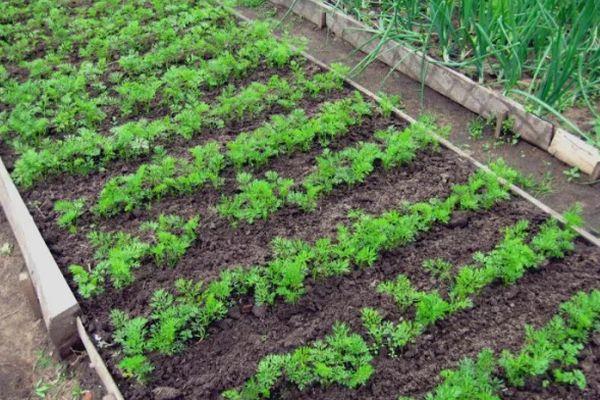
Root crops will not fully ripen without water and high oxygen content, so loosening the soil should be carried out, followed by abundant watering of the beds (if necessary).
To ensure the long-term preservation of the crop, it is worth taking a number of measures. Experienced gardeners advise thoroughly washing the carrots several times, and then drying them. It is necessary to cut off all the tops.
Carrots processed in this way are recommended to be folded into bags, polyethylene can be used, but always dark. The crop should be stored in a cool place.
In general, carrots of the Nantes variety are rightfully very popular and are recommended for cultivation in different regions.

